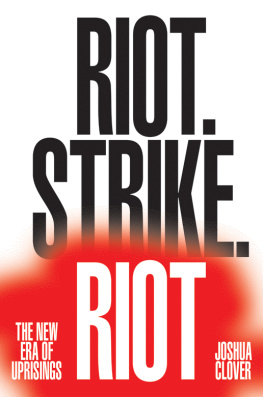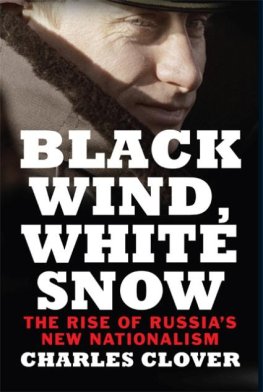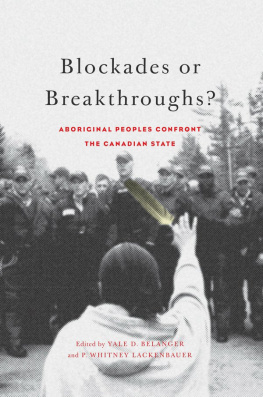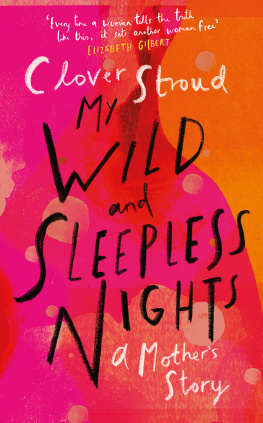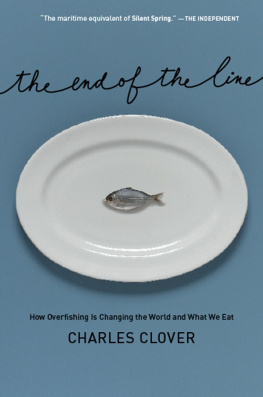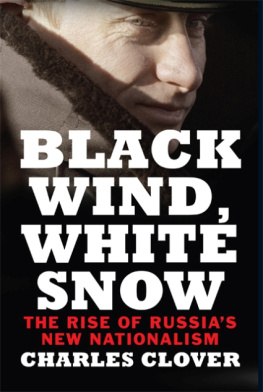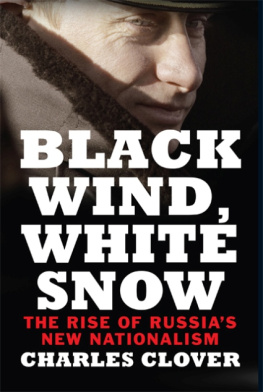.
.
.
.
.
.
.
.
.
.
Like many other books of political theory, this book comes out of political mobilizations that in turn oriented reading groups, research, and countless discussions. In all those varied circumstances I have been grateful for the friendship, insight, and back-watchingliteral and figurativeof Ian Balfour, Ali Bekta, Lauren Berlant, Sean Bonney, Bruno Bosteels, Shane Boyle, Sarah Brouillette, Lainie Cassel, Maya Gonzalez, Virginia Jackson, Neil Larsen, Laura Martin, Phil Neel, Sianne Ngai, Will OConnor, Simone Pinet, Nina Power, Louis-Georges Schwartz, Tim Simons, Michael Szalay, Alberto Toscano, Wendy Trevino, and Derek Zika. Probably forgot some. The initial formulations were invited by Beverly Silver, encouraged by William Sewell, and developed further in visits to Robert Brenners Center for Social Theory and Comparative History and to the Arrighi Center for Global Studies. Making a book of it would not have been possible without the support of Sebastian Budgen and the folks at Verso, David Theo Goldberg and the University of California Humanities Research Institute, the University of Warwick Institute for Advanced Study, and the editorial assistance of Deborah Young.
Seeta Chaganti and Carol Clover have provided the conditions of possibility. I am particularly indebted to comrades whose thoughts and deeds are this books nerves and sinews, including Aaron Benanav, Jasper Bernes, Chris Chen, Tim Kreiner, Colleen Lye, Annie McClanahan, Chris Nealon, and Juliana Spahr. And when everything is at an end give me your hand so that we may begin again from the beginning.
Riots are coming, they are already here, more are on the way, no one doubts it. They deserve an adequate theory.
A theory of riot is a theory of crisis. This is true at a vernacular and local level, in moments of shattered glass and fire, wherein riot is taken to be the irruption of a desperate situation, immiseration at its limit, the crisis of a given community or city, of a few hours or days. However, riot can only be grasped as having an internal and structural significance, to paraphrase Frantz Fanon, insofar as we can discover the historical motion that provides its form and substance. We must then move to further levels, where the gathering instances of riot are inextricable from ongoing and systemic capitalist crisis. Moreover, the riot as a particular form of struggle illuminates the character of crisis, makes it newly thinkable, and provides a prospect from which to view its unfolding.
The first relation between riot and crisis is that of surplus. This seems already a paradox, as both crisis and riot are commonly understood to arise from dearth, shortfall, deprivation. At the same time, riot is itself the experience of surplus. Surplus danger, surplus information, surplus military gear. Surplus emotion. Indeed, riots were once known as emotions, a history still visible in the French word: meute. The crucial surplus in the moment of riot is simply that of participants, of population. The moment when the partisans of riot exceed the police capacity for management, when the cops make their first retreat, is the moment when the riot becomes fully itself, slides loose from the grim continuity of daily life. The ceaseless social regulation that had seemed ideological and ambient and abstract is in this moment of surplus disclosed as a practical matter, open to social contest.
All these surpluses correspond to larger social transformations from which these experiences of affective and practical surplus are inextricable. These transformations are the material restructurings that respond to and constitute capitalist crisis, and which feature surpluses of both capital and population as core features. And it is these that propose riot as a necessary form of struggle.
Any population has a limited repertoire of collective action, notes Charles Tilly, great historian of these matters. Writing in 1983, he takes the measure of a singular historical transformation, an oceanic shift whose tides spread late and soon across the industrializing world:
Some time in the nineteenth century, the people of most western countries shed the collective-action repertoire they had been using for two centuries or so, and adopted the repertoire they still use today.
The shift in question was that from riot to strike. Since the passage marked by Tilly, both tactics have existed within the repertoire; the question concerns which predominates, providing the primary orientation in the ceaseless war for survival and emancipation. The sense of the riots receding character within this telling has been a commonplace. The opening sentence of the authoritative 1996 volume Rioting in America informs us, Rioting is part of the American past. But the past is never dead. Its not even past.
In truth, another transformation was already in flight: since the sixties or seventies, the great historical shift has reversed itself. As the overdeveloped nations have entered into sustained, if uneven, crisis, the riot has returned as the leading tactic in the repertoire of collective action. This is true both in the popular imaginary and the realm of data (insofar as such matters give of statistical comparison). Regardless of perspective, riots have achieved an intransigent social centrality. Labor struggles have in the main been diminished to ragged defensive actions, while the riot features increasingly as the central figure of political antagonism, a specter leaping from insurrectionary debates to anxious governmental studies to glossy magazine covers. The names have become ordinal points of our time. The new era of riots has roots in Watts, Newark, Detroit; it passes through Tiananmen Square in 1989 and Los Angeles in 1992, arriving in the global present of So Paulo, Gezi Park, San Lzaro. The protorevolutionary riot of Tahrir Square, the nearly permanent riot of Exarcheia, the reactionary turn of Euromaidan. In the twilit core: Clichy-sous-Bois, Tottenham, Oakland, Ferguson, Baltimore. Too many to count.

